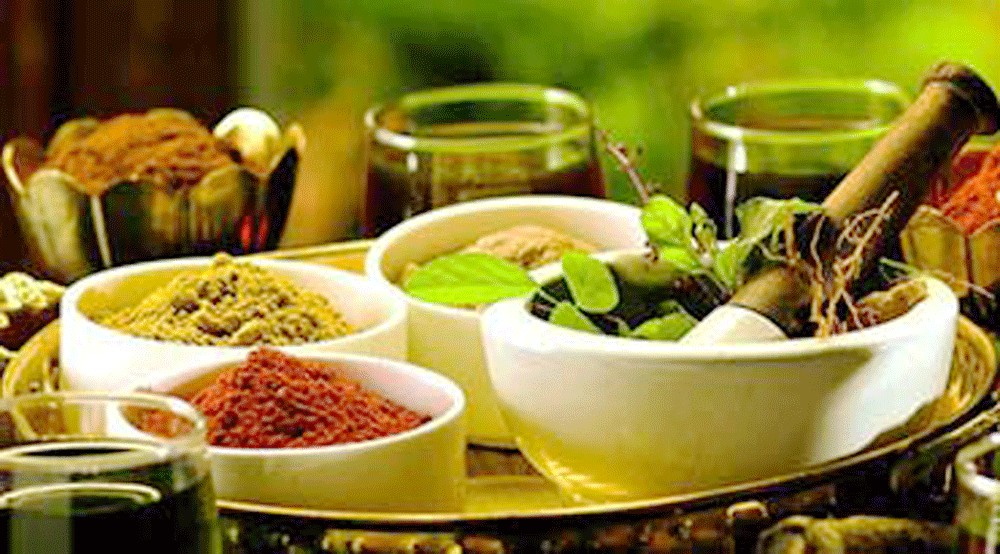Popular Reads
Top Results
Can't find what you're looking for?
View all search resultsPopular Reads
Top Results
Can't find what you're looking for?
View all search resultsGovt goes traditional to boost health tourism
Indonesia has one of the biggest reserves of herbal ingredients, with at least 30,000 out of 40,000 plants in the world with medicinal properties found in Indonesia.
Change text size
Gift Premium Articles
to Anyone
“What symptoms do we want to relieve today?” traditional healing guru Wayan Sukeria asks dozens of participants gazing before him.
After a few seconds, the crowd murmurs and Wayan Sukeria picks out the loudest answers echoing in the cottage on the hillside of Kintamani, Bali.
“Migraine, it is!” he declares. “I have tried acupressure myself and felt its benefits. Now it’s your turn to try.”
Under Bali’s technical management unit (UPTD) for traditional medicine, Wayan has been teaching various alternative healing methods all over Indonesia to his clients, including acupressure -- a technique based on physical pressure applied throughout specific parts of the body to alleviate some degrees of pain.
But Wayan’s teachings are only among numerous efforts from regional governments to revive traditional medicine, the Health Ministry’s head spokesperson Widyawati said recently.
In recent years, traditional remedies like herbal medicines have been gradually waning, as shown by the closure of jamu (traditional herbal medicine) maker Nyonya Meneer in 2017 after running for nearly a century.
Yet Indonesia has one of the biggest reserves of herbal ingredients, with at least 30,000 out of 40,000 plants in the world with medicinal properties found in Indonesia, according to the Indonesian Institutes of Science (LIPI).


















